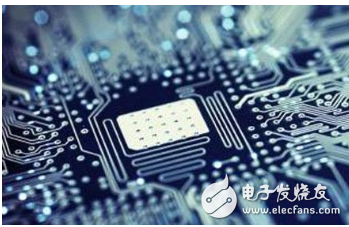What are the 11 basic principles that should be followed in EMC design?
Electronic circuit design guidelines Electronic circuit designers often only consider the function of the product, but do not consider the function and electromagnetic compatibility. Therefore, the product also generates a large number of functional harassment and other harassment while completing its functions. Moreover, the sensitivity requirements cannot be met. Electromagnetic compatibility design of electronic circuits should be considered from the following aspects: Component selection In most cases, the extent to which the basic components of the circuit meet the electromagnetic characteristics will determine the extent to which the functional unit and the final device meet electromagnetic compatibility. The main criteria for choosing the right electromagnetic component include out-of-band characteristics and circuit assembly techniques. Because the realization of electromagnetic compatibility is often determined by the component response characteristics away from the fundamental frequency. In many cases, the circuit assembly determines the degree of out-of-band response (such as lead length) and the coupling of different circuit components.
The specific rules are:
(1) At high frequencies, compared with leaded capacitors, it is preferred to use a feedthrough capacitor or a pedestal capacitor with a small lead inductance for filtering;
(2) When the lead capacitor must be used, the influence of the lead inductance on the filtering efficiency should be considered;
(3) Aluminum electrolytic capacitors may undergo temporary dielectric breakdown for several microseconds, so solid capacitors should be used in circuits with large ripple or transient voltages;
(4) A resistor with a parasitic inductance and a small capacitance is used. Chip resistors can be used in ultra-high frequency bands;
(5) The large inductance parasitic capacitance is large. In order to increase the insertion loss of the low frequency part, do not use a single-section filter, but a multi-section filter composed of several small inductors should be used;
(6) Pay attention to the saturation characteristics when using the core inductor. Pay special attention to the high-level pulse to reduce the inductance of the core inductor and the insertion loss in the filter circuit.
(7) Use shielded relays as much as possible and ground the shield case;
(8) Select an input transformer that is effectively shielded and isolated;
(9) The power transformer used for the sensitive circuit should have electrostatic shielding, and the shielded housing and the transformer housing should be grounded;
(10) Interconnection signal lines inside the equipment must use shielded lines to prevent disturbance coupling between them;
(11) In order to connect each shield to its own pin, a plug with a sufficient number of pins should be used. 
Logic Gates And Inverters,Circuit Logic Gates And Inverters,Logic Chip Gates And Inverters,Gates And Inverters Logic Output
Shenzhen Kaixuanye Technology Co., Ltd. , https://www.iconlinekxys.com